Time spent on preparation of this book constituted time taken from Newsday/New York Newsday , and I am extremely grateful for the extraordinary tolerance extended to me by my employers. But of course, I have more than mere tolerance to applaud on Newsdays part: several editors and reporters have been extremely encouraging and directly supportive throughout this effort. I would like to thank Tony Marro, Howard Schneider, and Don Forst for tolerating my absences, and assistant managing editor Les Payne, science editor Liz Bass, deputy science editors Mike Muskal and Reg Gale, and reporter Catherine Woodard for their words of encouragement and insight.
Few American news organizations have demonstrated continued interest in AIDS, developing country issues, public health, or international medical policy issues. Newsday has, much to my delight, been a clear exception. And I thank the organization for that as well.
Some of my earliest work in this subject area was carried out while I was a science correspondent for National Public Radio, and I thank science editor Anne Gudenkauf and NPR for their support during that period (198088).
Crucial to this project were the Harvard School of Public Health, the Alfred P. Sloan Foundation, and the Kaiser Family Foundation. From September 1992 to June 1994 I had the distinct honor of being a Visiting Fellow under the Harvard Journalism Fellowship for Advanced Studies in Public Health. I received thoughtful assistance from Jay Winsten and his staff in the Center for Health Communication. My stay on the Harvard campus from September 1992 to June 1993 was subsidized by the Alfred P. Sloan Foundation and Newsday , and for their generosity I am deeply grateful. At Harvard I received particular encouragement from Bob Meyers, who now heads the Washington Journalism Center.
Because of an occupational injury I am no longer able to use a keyboard. This document had to be written in longhand, and subsequently transcribed by others. I thank Dean Harvey Fineberg of the Harvard School of Public Health for his provision of resources that allowed me to hire graduate student Sue McLaughlin as a transcriber during my tenure at Harvard. And, of course, I thank Sue for her typing, encouragement, and critiques.
The Kaiser Family Foundation generously underwrote some of the transcription costs incurred after my Harvard tenure, allowing me the deeply rewarding opportunity of working with Amy Wollin Benjamin. Having admired her editorial achievements with production of the mammoth AIDS in the World , I dared to hope that Benjamin would deign to assist this project. She proved a masterful editor, critic, source of moral rearmament and, of course, transcriber. Quite honestly, this book could not have been produced without her.
I would also like to thank the physical therapists and physicians at the Miller Institute in Manhattan who kept my body fairly functional through this often taxing process, as well as massage therapists Joan Jacob Howe and Jeannette Kossuth.
I have always felt that librarians practiced one of humanitys noblest professions, and researching this book only bolstered that view. I particularly would like to thank the librarians of Harvards Countway Medical Library and Newsday/New York Newsday .
Many people generously assisted along the way, providing reading critiques, research guidance, and crucial insights. I particularly would like to thank Andrea Eagan, Maryse Simonet, Deborah Cotton, Bunmi Makinwa, Jill Hannum, B. D. Colen, Bob Meyers, Jonathan Mann, Andrew Moss, Frank Browning, Bernard Fields, Mark Benjamin, Maya Szalavitz, Stephen Morse, Michael Reich, Barbara Rosencrantz, Penny Duckham, the staffs of the Offices of Public Affairs of the Centers for Disease Control and Prevention, the National Institutes of Health, the World Health Organization, and theInstitut Pasteur, Buki Ponle, Wendy Wertheimer, Gnther Haaf, Michael Callen, Uwe Brinkmann, and the members of the Harvard New Diseases Group (Tamara Awerbach, Agnes and Uwe Brinkmann, Richard Cash, Irina Eckardt, Paul Epstein, Timothy Ford, Richard Levins, Najwa Makhoul, Christina de Albuquerque Possas, Charles Puccia, Manuel Sierra, Andrew Spielman, Mary Wilson, and Paul Wise). In the interests of journalistic integrity, no one reviewed sections of the book in which they, their work, or the works of their competitors were discussed.
Special thanks are owed to Jill Hannum, who, in the final crunch, devoted hours to finding ways to reduce the lengthy manuscript.
Anyone who has ever written a book knows what a toll its writing takes on friends and family members. Thanks to all of you, from San Clemente and San Salvador to New York and Boston, for putting up with me throughout this process, especially Bink, Bonnie, Banning, Evelyn, Karen, Bob, Caryl, Jim, Manoli, Lars, Ellen, Angela, Adi, Michael, Lisa, Steve, Larry, Spencer, Frank, and David.
I thank my agent, Charlotte Sheedy, for her tenacity. And Farrar, Straus and Giroux editor John Glusman for working at an unusually frenetic pace in order to hasten this books publication, and for offering wonderful editorial insight and much appreciated encouragement.
Finally, I deeply regret the untimely deaths of Andrea Eagan, Uwe Brinkmann, and Michael Callen, whose comments during later stages of book production would undoubtedly have immensely improved the manuscript. I only hope I have done justice to their insights.

In the summer of 1993, Ron MacKenzie, now comfortably retired in a southern California desert community, was watching the evening news on television. A brief story caught his attention. It concerned shifts from agricultural production to growing coca plants for cocaine in various regions of Latin America, and MacKenzie recognized the place depicted. It was his beloved San Joaqun, Bolivia.
Viewing footage of the old cow town transported the retired physician back to a time when he was a strapping, though nave, physician in Sausalito, California. And to that day in 1962 in La Paz when the Bolivian Minister of Health asked if he would mind taking a look at a mysterious typho negro outbreak deep in the Bolivian interior.
MacKenzie sat in his living room for a few moments, recalling the terror that struck Bolivias Machupo River region when the strange hemorrhagic fever swept through. And he wondered how, after the passage of thirty years, the people had fared.
He reached for his telephone and called Montana. Karl Johnson, also long retired and living the way he preferred, in rugged cowboy country surrounded by prime trout-fishing streams, answered the phone. The old colleagues resolved to revisit San Joaqun.
MacKenzie, recalling the difficulties involved in reaching the remote area during the 1960s, called a colleague in La Paz for transportation advice, and made arrangements for a September trip. MacKenzie told the colleague that he and Johnson just wanted to have a little look-see after all these years.
For several months a new outbreak of Bolivian hemorrhagic fever had been raging in areas near San Joaqun, and CDC investigators had assisted the government in proving that the Machupo virus had made a comeback. Once again, for the first time in thirty years, Bolivia was waging an aggressive mouse control campaign in the region. That, too, piqued Johnson and MacKenzies interest.
When the Americans arrived in La Paz, they were surprised by their warm, high-level reception. Thirty years was a long timeneither of them expected anyone to remember their efforts so long ago in the remote savannaregion. But ceremonies, praise, and medals were lavished on the stunned scientists during their days in the capitalso much so that their journey to San Joaqun was delayed by nearly forty-eight hours.


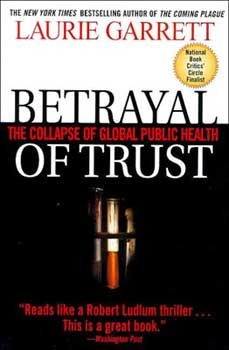

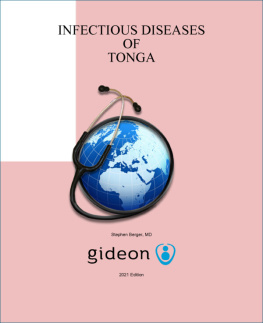


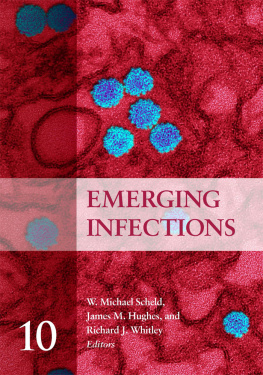
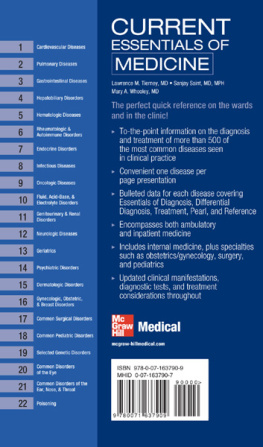

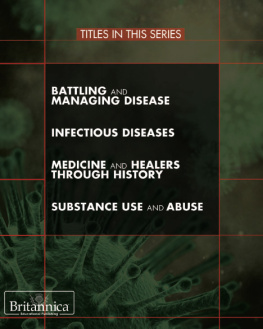
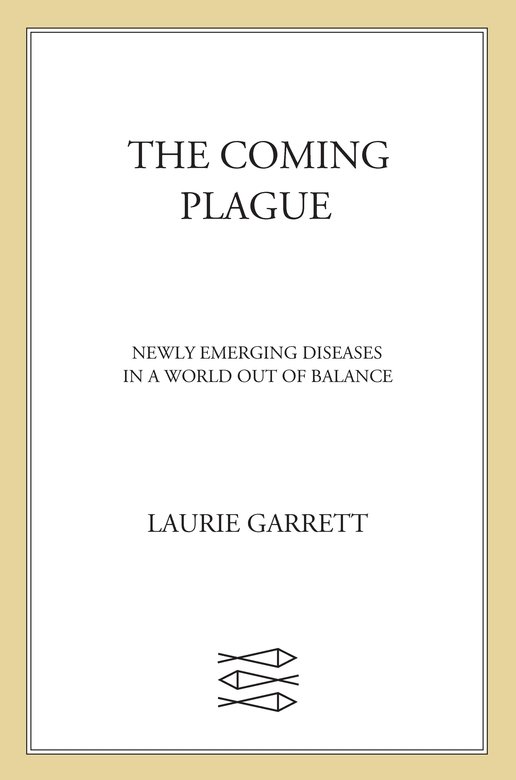
 In the summer of 1993, Ron MacKenzie, now comfortably retired in a southern California desert community, was watching the evening news on television. A brief story caught his attention. It concerned shifts from agricultural production to growing coca plants for cocaine in various regions of Latin America, and MacKenzie recognized the place depicted. It was his beloved San Joaqun, Bolivia.
In the summer of 1993, Ron MacKenzie, now comfortably retired in a southern California desert community, was watching the evening news on television. A brief story caught his attention. It concerned shifts from agricultural production to growing coca plants for cocaine in various regions of Latin America, and MacKenzie recognized the place depicted. It was his beloved San Joaqun, Bolivia.